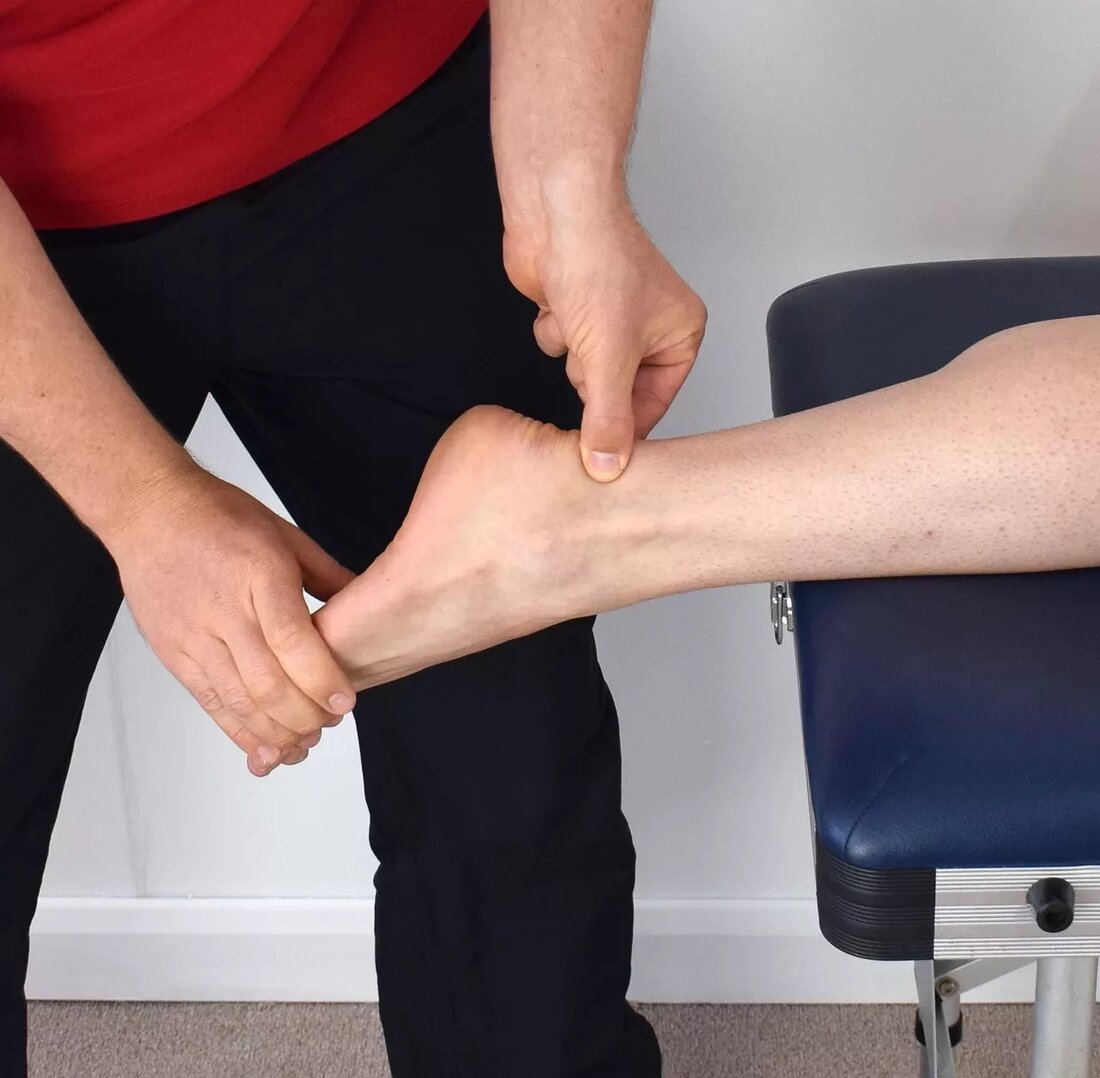Tendinitis or tendinosis? Tendon pain has various causes
Whether it's an elbow, shoulder, hip, knee or ankle, a painful tendon is an unpleasant condition that can affect just about anyone. You're probably familiar with an inflamed tendon as tendinitis, but have you ever heard of tendinosis? However, very few patients know the difference between these two diseases. Important distinction The pain from a tendon problem may occur gradually and increase over time, or it may be sudden and severe. Tendinitis is an acutely inflamed, swollen tendon that does not show any microscopic tendon damage. The cause of tendinitis is inflammation. …

Tendinitis or tendinosis? Tendon pain has various causes
Whether it's an elbow, shoulder, hip, knee or ankle, a painful tendon is an unpleasant condition that can affect just about anyone. You're probably familiar with an inflamed tendon as tendinitis, but have you ever heard of tendinosis? However, very few patients know the difference between these two diseases.
Important distinction
The pain from a tendon problem may occur gradually and increase over time, or it may be sudden and severe.
At aTendinitisit is an acutely inflamed, swollen tendon that does not show any microscopic tendon damage. The cause of tendinitis is inflammation.
OneTendinosison the other hand, is a chronically damaged tendon with disorganized fibers and a hard, thickened, scarred and rubbery appearance. The underlying cause of tendinosis is degeneration.
It is important to distinguish between the two because the final treatment can be very different.
This distinction is made through a very simple ultrasound examination of the musculoskeletal system, which can be performed in the doctor's office. Ultrasound can easily detect the swelling and inflammation of tendinitis or the chronic degenerative changes of tendinosis.
Where tendon problems occur
Tendinitis and tendinosis are particularly common in these areas:
- Die gemeinsame Strecksehne an der Außenseite des Ellenbogens – auch bekannt als Tennisarm
- Die Sehnen der Rotatorenmanschette in der Schulter
- Die Patellasehne, die die Kniescheibe mit dem Schienbein verbindet
- Die Gesäßmuskelsehnen an der Außenseite der Hüfte
- Die Achillessehne an der Rückseite der Ferse
Treatment
Treatment for tendinitis or tendinosis consists of treating the underlying problems, i.e. h. inflammation or wear.
For tendonitis:
- Ruhe, Vermeidung der repetitiven Bewegung, die den Schmerz ursprünglich verursacht hat
- Kurzfristige Einnahme von rezeptfreien entzündungshemmenden Mitteln wie Ibuprofen
- Für den Ellbogen kann ein Tennisarmgurt verwendet werden; für Patellasehnen- und Achillessehnenentzündungen gibt es verschiedene andere Arten von Gurten und Bändern
Give these home remedies about four to six weeks to help. However, if the pain persists, you should see your doctor as an ultrasound scan of the tendon may be necessary.
If ultrasound shows tendinitis, a corticosteroid injection may be the right treatment to reduce inflammation and relieve discomfort. Combined with a physical therapy program, this may be all you need to get back to living a normal life.
For tendinosis:
A physical therapy program to stretch the tendon and strengthen the surrounding muscles
If pain persists, the next step may be an injection of platelet-rich plasma (PRP) from your own blood to stimulate a healing response.
If the pain doesn't go away
If you have tendinosis and the pain has persisted for more than three months and nothing else has helped, we may recommend a new, minimally invasive, FDA-approved procedure, percutaneous tenotomy with ultrasound.
Ask your orthopedist about this new treatment method
The following items can
The following articles may also help you as they look at the same topic from a different light:
Related articles:
[fu_postlist search=’stuff’ maxposts=10 search=”Years”]

 Suche
Suche
 Mein Konto
Mein Konto
